Archives
- 2025-10
- 2023-07
- 2023-06
- 2023-05
- 2023-04
- 2023-03
- 2023-02
- 2023-01
- 2022-12
- 2022-11
- 2022-10
- 2022-09
- 2022-08
- 2022-07
- 2022-06
- 2022-05
- 2022-04
- 2022-03
- 2022-02
- 2022-01
- 2021-12
- 2021-11
- 2021-10
- 2021-09
- 2021-08
- 2021-07
- 2021-06
- 2021-05
- 2021-04
- 2021-03
- 2021-02
- 2021-01
- 2020-12
- 2020-11
- 2020-10
- 2020-09
- 2020-08
- 2020-07
- 2020-06
- 2020-05
- 2020-04
- 2020-03
- 2020-02
- 2020-01
- 2019-12
- 2019-11
- 2019-10
- 2019-09
- 2019-08
- 2019-07
- 2019-06
- 2019-05
- 2019-04
- 2018-07
-
Introduction Molecular imprinting technology is
2021-11-25
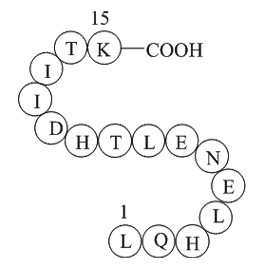
Introduction Molecular imprinting technology is a method that combines the material chemistry, biochemistry, and polymer chemistry and has the ability to specifically identify target analytes on shape, size and functional groups. Molecular imprinting polymer (MIP) is developed based on molecular im
-
Experiments conducted on the human parasite Leishmania major
2021-11-25
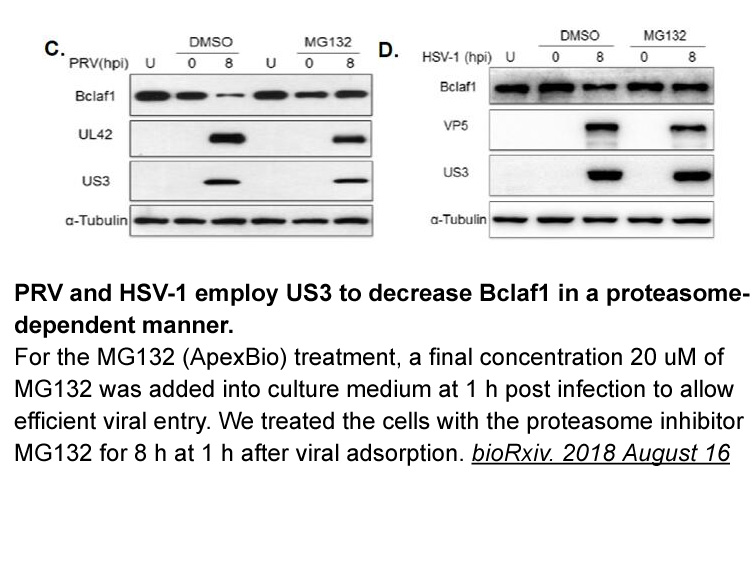
Experiments conducted on the human parasite Leishmania major has shown that specific parasitic antigens are involved in steering the immune responses to “protective” as opposed to “disease” state (Reiner et al., 1993; Reiner and Locksley, 1995; and Sjölander et al., 1998) and that antigenic composit
-
br Therapeutic approaches exploiting Cx function Due
2021-11-25
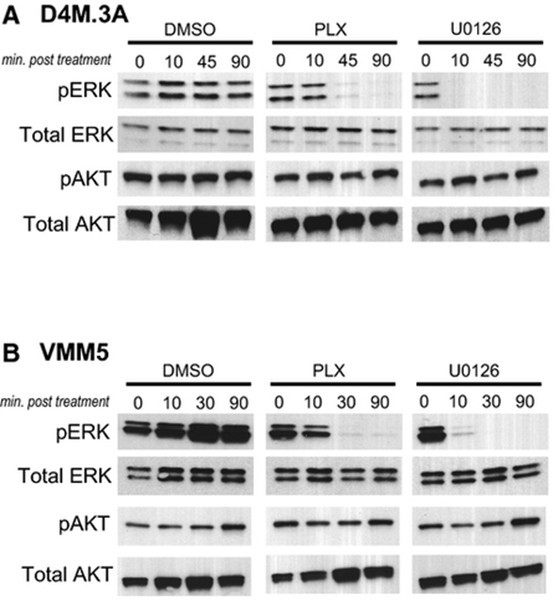
Therapeutic approaches exploiting Cx43 function Due to their potential role in cancer metastasis, attempts have been made to alter connexin function to inhibit cancer growth. Therapeutic approaches include Cx43 peptide mimetics, Cx43 inhibitors, chemical agents capable of enhancing Cx43 function,
-
br GSMs Secretase cleavage of APP
2021-11-25
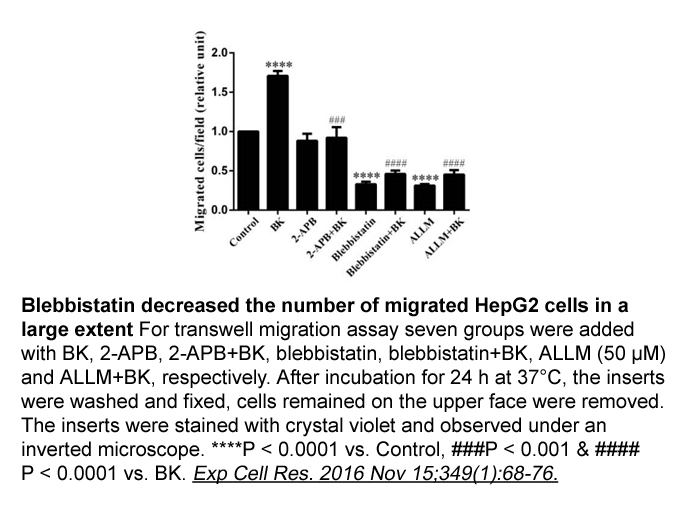
GSMs γ-Secretase cleavage of APP generates a number of Aβ peptides [32], [137]. In most cells Aβ1–37, 38, 39, and 42 are produced at low levels (typically each represents 5–20% of total Aβ detected) and the major species generated is Aβ1–40 (typically over 50% of total Aβ). Other Aβ peptides can
-
br Acknowledgements This work was supported by grants of
2021-11-25

Acknowledgements This work was supported by grants of the Argentine National Research Council (CONICET, PIP 0662). The authors express their appreciation to the Transmission Electron Microscopy Service (MET) of the Faculty of Veterinary Medicine of the National University of La Plata (Argentina)
-
Inflammasomes are multimeric protein complexes involved in t
2021-11-25
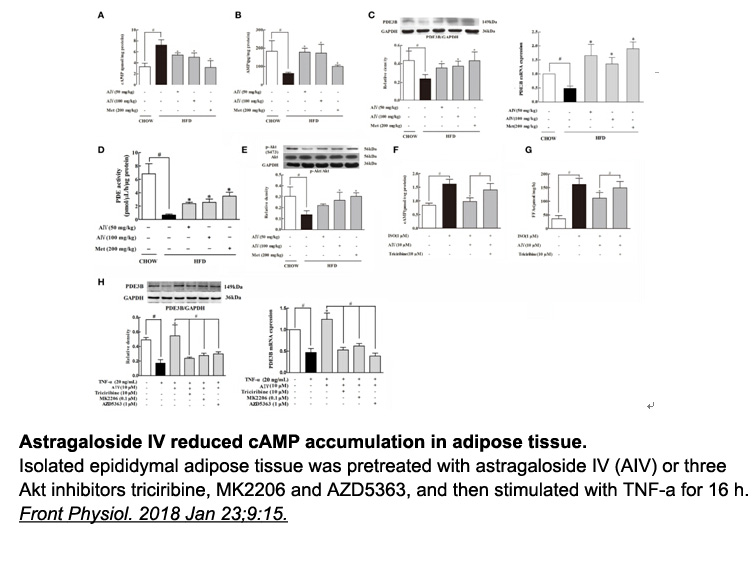
Inflammasomes are multimeric protein complexes involved in the host defense protecting activity against invading pathogens and in physiological aberrations such as cancer and auto-inflammatory, metabolic, and neurodegenerative diseases. Inflammasomes induce the inflammatory process by triggering the
-
FFAs are essential nutritional molecules
2021-11-25
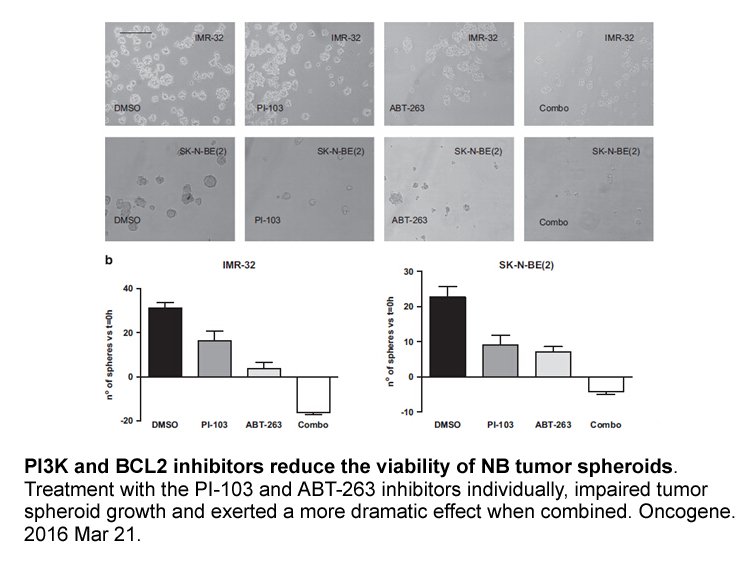
FFAs are essential nutritional molecules that can also modulate numerous cellular functions. Fatty alpha-Endorphin derivatives like prostaglandins, leukotrienes lysophosphatidic acid, spinhgosine-1-phosphate and others are well documented to carry out signal transduction via G-protein coupled recep
-
Neither E nor Z FPP synthase
2021-11-25

Neither E- nor Z-FPP synthase catalyzed the reaction between 8-THPOGPP and IPP. However, a mutant E-FPP synthase (Y81S) produced 12-THPOFPP from the substrates 8-THPOGPP and IPP, and wild-type E-FPP synthase catalyzed the reaction betweeen 8-AcOGPP and IPP producing 12-AcOFPP. Mutant E-FPP synthase
-
p0035 sale Tumor specific CD cytolytic T lymphocytes
2021-11-25
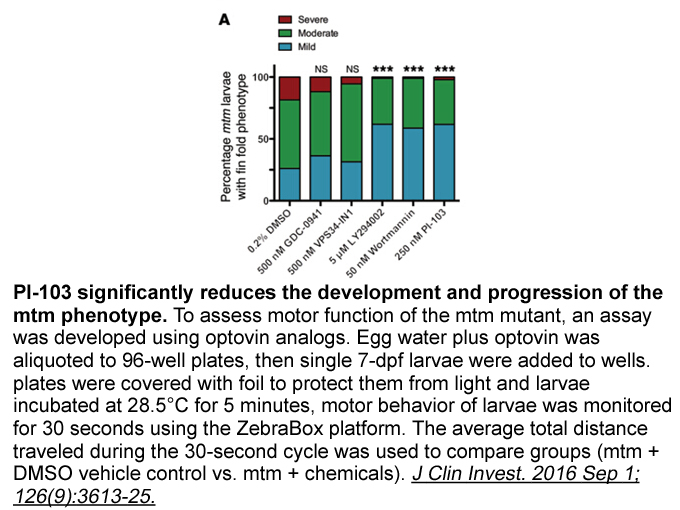
Tumor-specific CD8+ cytolytic T lymphocytes (CTLs) recognizing tumor antigenic peptide/major histocompatibility complexes-I (pMHC-I) presented on tumor cells play an important role in antitumor immunity [12]. However, immune tolerance including central (natural) or peripheral (acquired) tolerance be
-
br Mechanisms of Resistance As with other cancer
2021-11-25
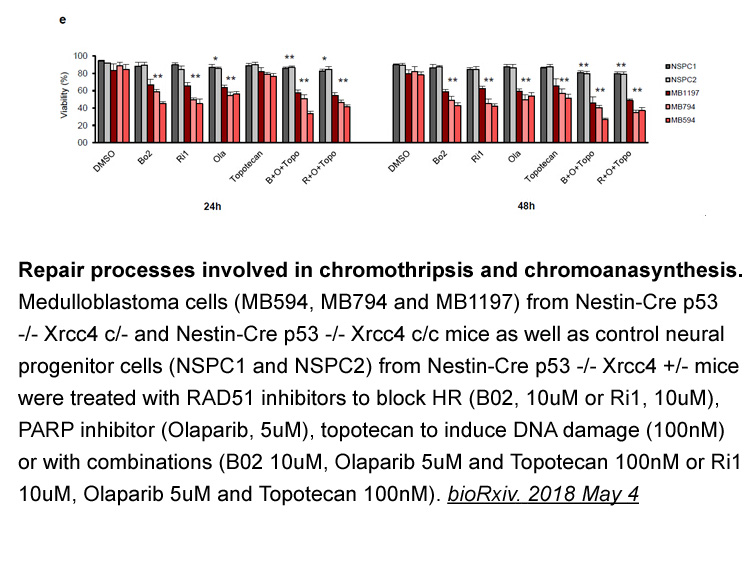
Mechanisms of Resistance As with other cancer treatments in development, resistance is a concern with HHIs. Most observations regarding HHI resistance originate from patients with BCC [78]. In the clinic, resistance to vismodegib and sonidegib were observed when used to treat advanced BCC [78], [
-
Furthermore the absolute lack of E allele expression in both
2021-11-25
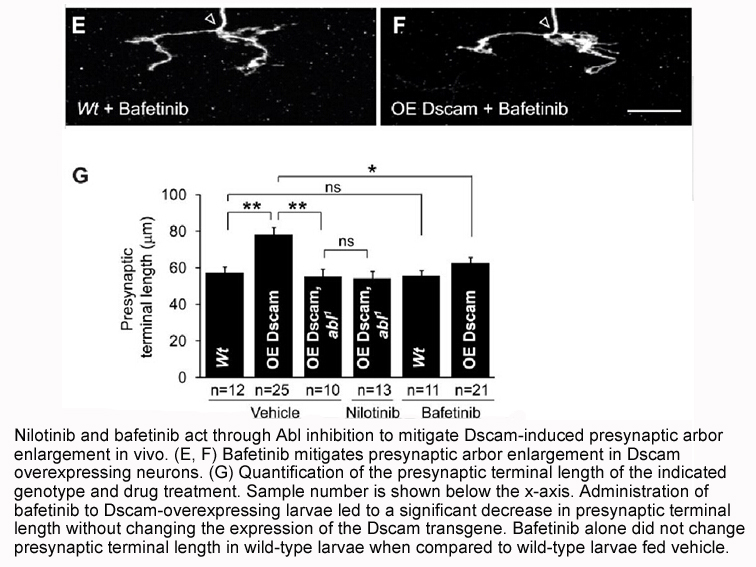
Furthermore, the absolute lack of E2 allele expression in both chronic and SVR cases, supports the protective role of the E2 allele against HCV infection at a time of exposure. However this hypothesis could not be entirely proved by this study due to lack of healthy individuals participation. Simila
-
br Acknowledgments br Introduction Guanosine cyclic monophos
2021-11-25
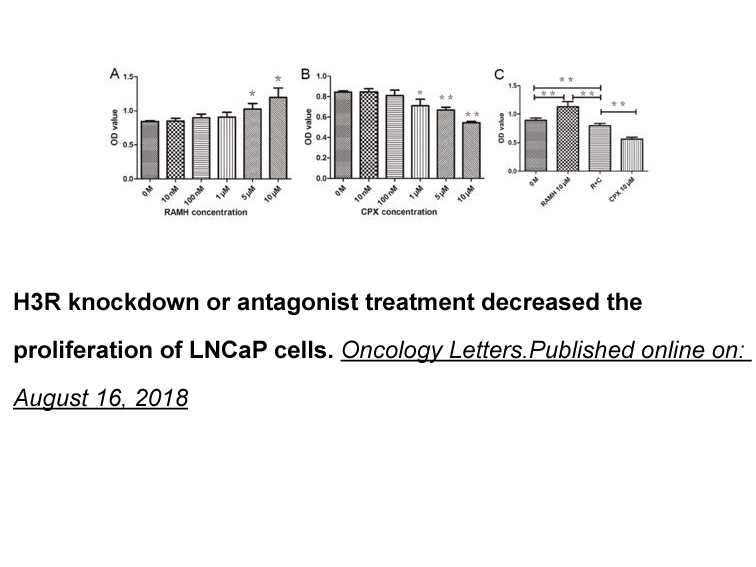
Acknowledgments Introduction Guanosine 3′,5′-cyclic monophosphate (cGMP) is a signaling molecule with key roles in diverse (patho) physiological responses and processes in numerous prokaryotes and all eukaryotes. The number of reports stating the role of cGMP in different processes in plants i
-
Lactate LA the end product of aerobic glycolysis
2021-11-24
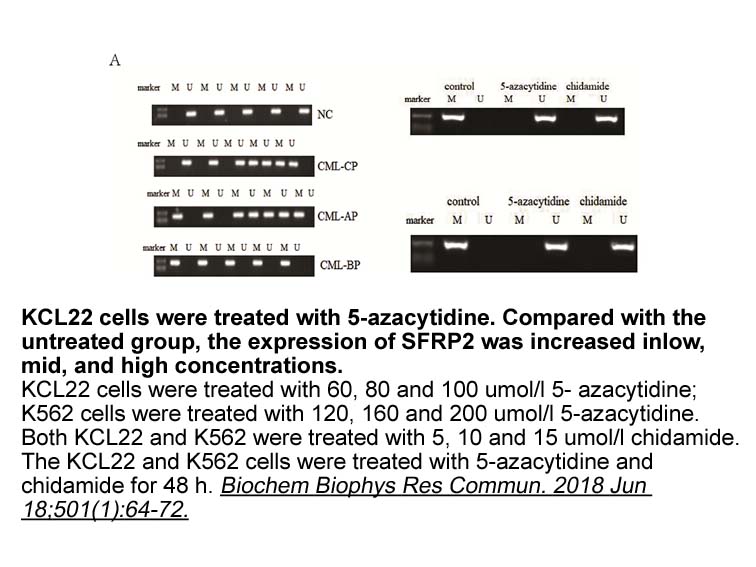
Lactate (LA), the end product of aerobic glycolysis, has been long neglected and seen as a byproduct until recently the findings for its important role in global gene transcription, cancer progression, functional polarisation of immune Ivabradine HCl and the sustenance of stem cells [[7], [8], [9]]
-
br Materials and methods br Results br Discussion
2021-11-24
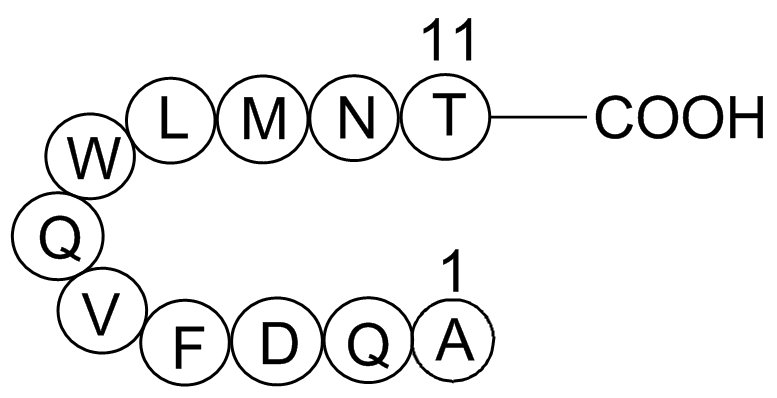
Materials and methods Results Discussion Disclosures Author contributions Acknowledgements Introduction Diabetes mellitus is one of the fastest growing chronic diseases worldwide, with an estimated prevalence of 382 million patients, of which about 90% have type 2 diabetes melli
-
br Origin of the vertebrate hexokinase
2021-11-24
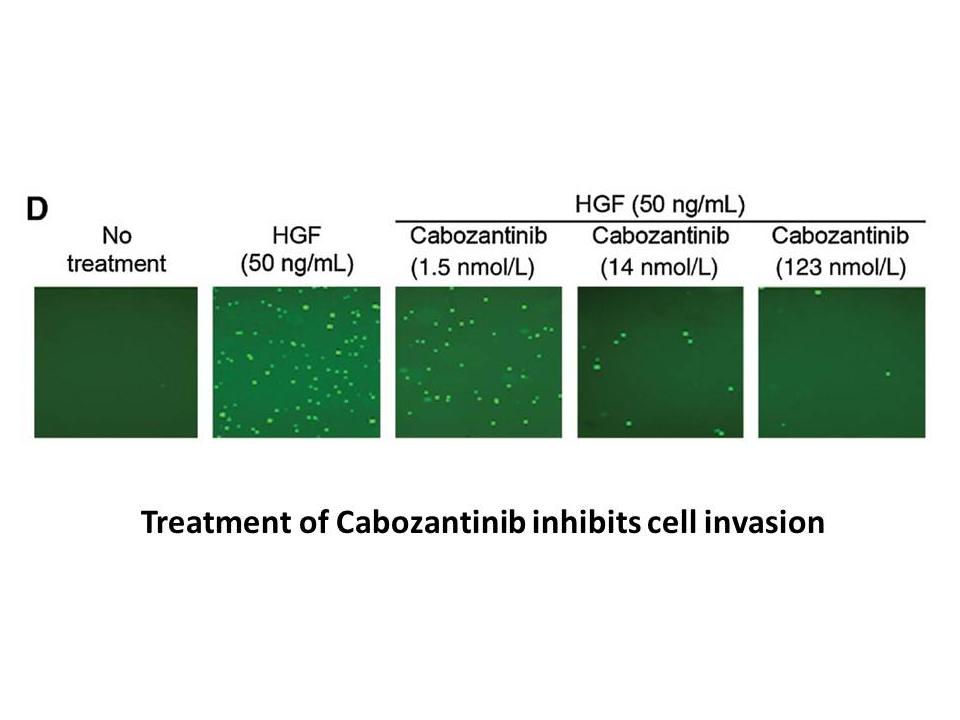
Origin of the vertebrate hexokinase gene family Multiple hexokinases have been found in vertebrates, plants and yeast (Wilson, 1995, Cárdenas et al., 1998). A hexokinase in both vertebrates and yeast has, unfortunately, been named glucokinase. The sharing of the name glucokinase has suggested to
11133 records 231/743 page Previous Next First page 上5页 231232233234235 下5页 Last page